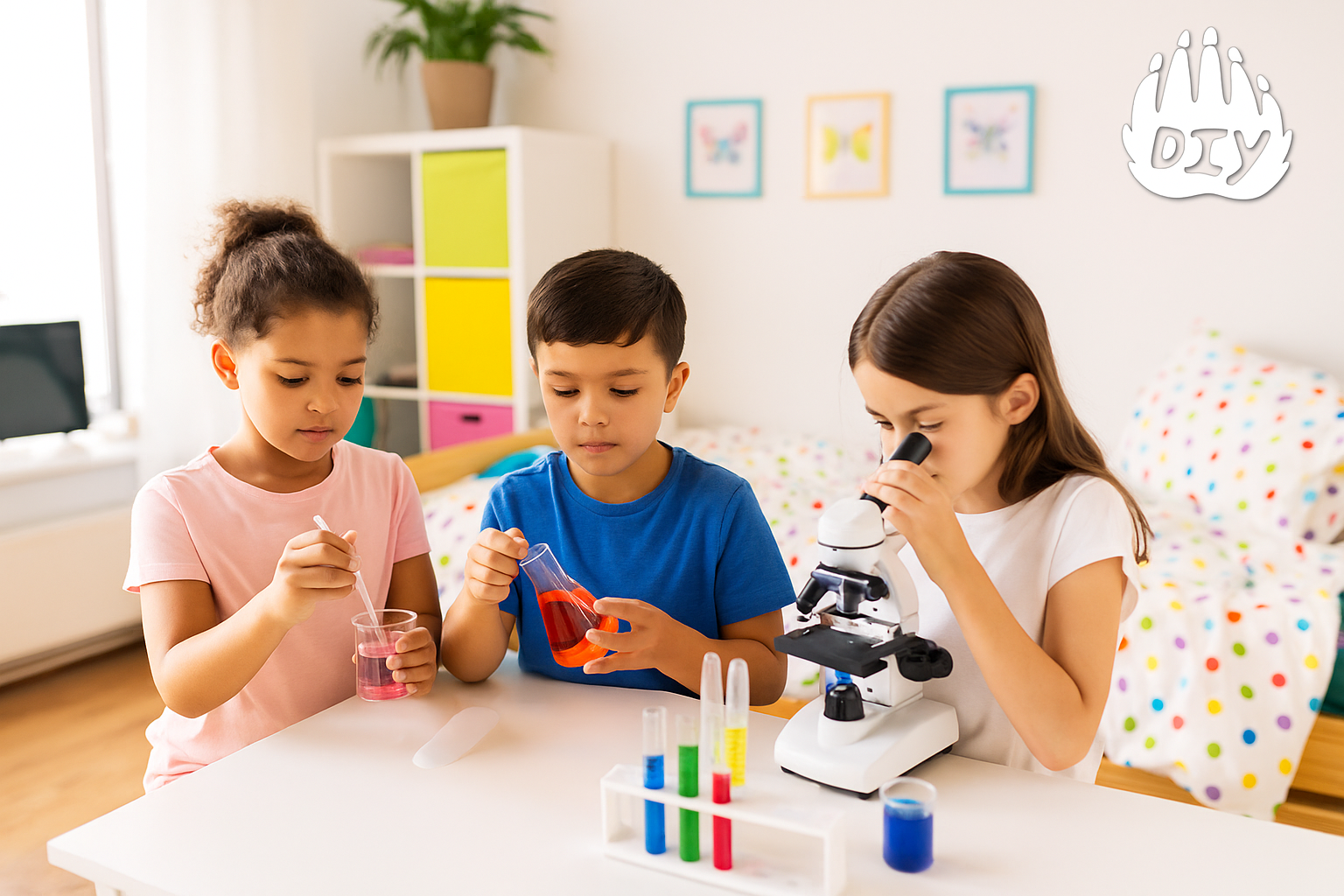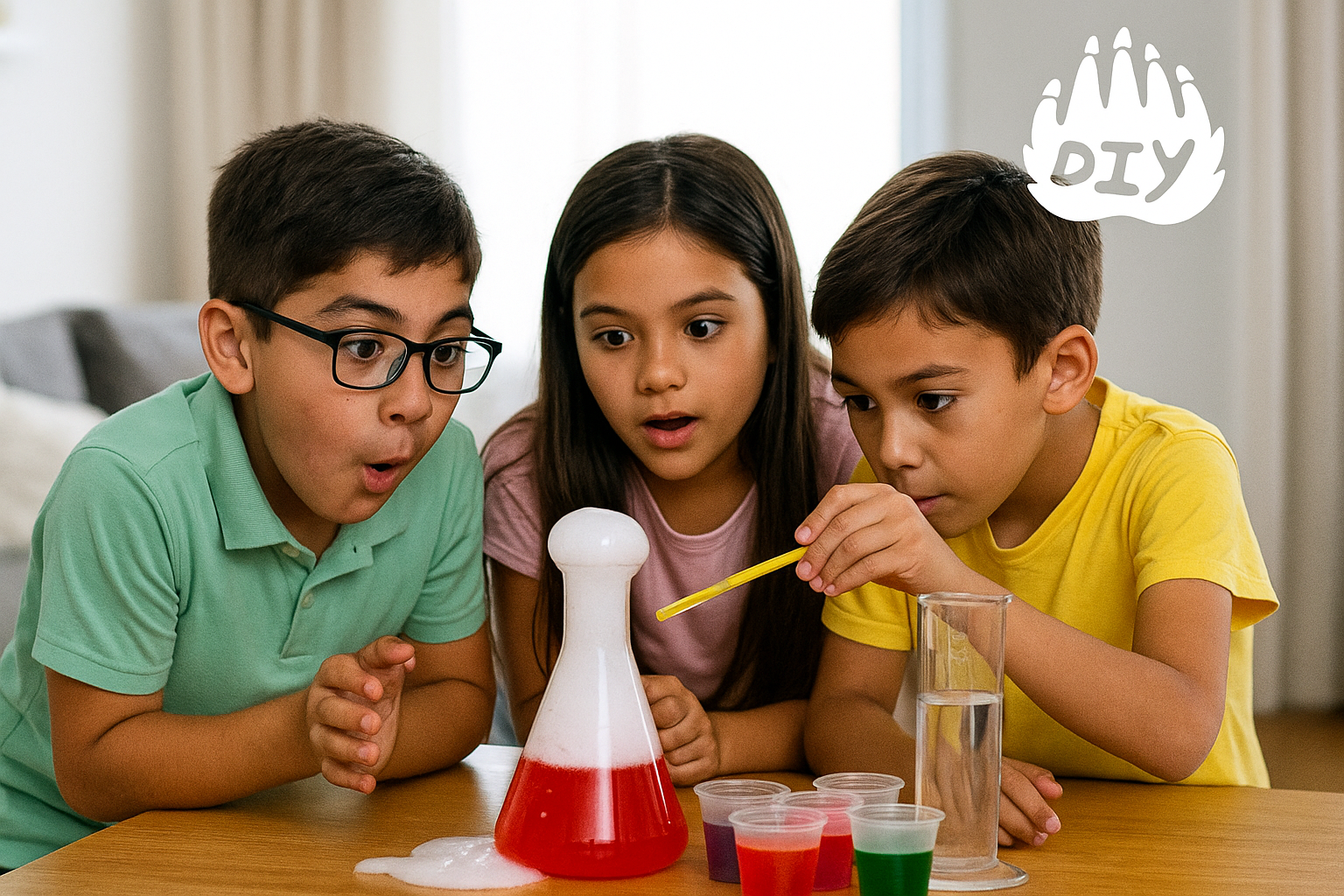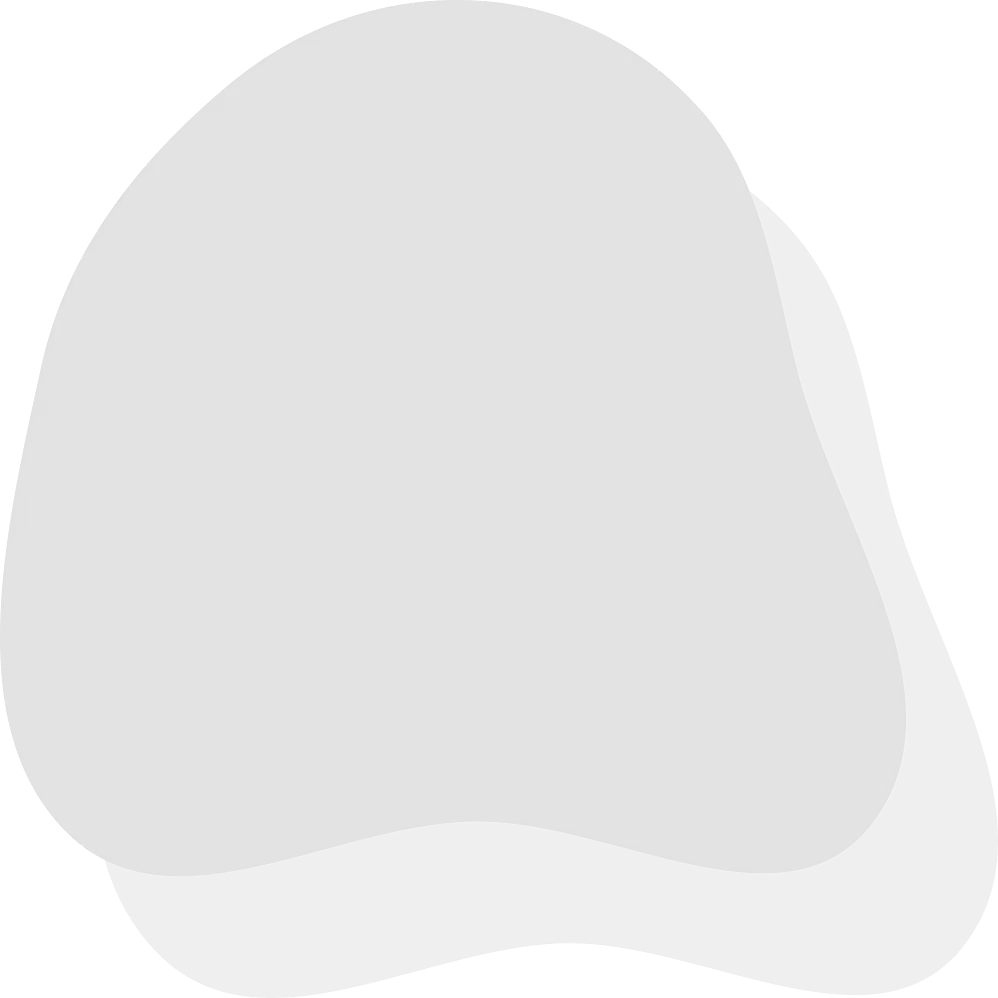Kids are naturally curious, and this curiosity is the perfect time to introduce them to STEM projects for kids that spark their interest in learning. As a parent, you might have explored countless forums and online communities for kids to discover everyday activities that encourage skill learning. While we’ve shared a variety of arts and crafts activities in previous blogs, this time, we’re focusing on simple, easy at-home science experiments for kids.
These hands-on experiments will nurture their curiosity, help them understand basic scientific principles, and provide the foundation for future learning. Science should be fun, and the best way to teach your kids is by engaging in exciting STEM projects for kids that allow them to learn while having fun at home. These activities also provide a great opportunity to bond with your kids, discover their strengths, and assist them in areas they need help. Let’s explore some fun DIY science experiments for kids to enjoy at home!
Why Are Science Experiments Important for Kids?
Science experiments spark curiosity, encourage critical thinking, and help children understand how the world works. Engaging in experiments at home also builds problem-solving skills and strengthens cognitive abilities.
Top Easy Science Experiments for Kids at Home
Here are some of the easiest, most fun science experiments that you can do at home with kids. These projects will entertain while helping children learn essential scientific concepts.
1. How to Make a Cloud in a Jar
This is one of the easy science projects for kids that you can try at home.
Materials needed: Jar with a lid, some ice, a cup of hot water, and aerosol spray (like hairspray).
Instructions:
Pour hot water carefully into the jar and swirl to warm it up.
Place the jar’s lid upside down and fill it with ice cubes.
Remove the lid, quickly spray the aerosol inside, and cover the jar quickly.
Watch the cloud form inside the jar.
This simple experiment will surely amaze your kids!
You can check out this science video for kids in our make a cloud challenge. We’re sure your kids are going to be amazed at this and many other cool science experiments for kids on DIY!
2. Bend Water with Static Electricity
One of the coolest and simplest science experiments for kids is seeing how static electricity can bend water.
Materials needed: Dry plastic comb, clean dry hair, and an indoor faucet.
Instructions:
Turn on the faucet to a thin, steady stream of water.
Rub the comb on your hair and then bring the comb near the water stream.
Watch how the water bends toward the comb.
This experiment introduces the concept of static electricity in a fun and magical way!
Check out this Bend Water Challenge to see how others have done on this challenge. This is one of the simplest and best science experiments for kids that will amaze them for sure.
But, they can be used to teach them about static.
3. Make Fractions With Food
Did you know you can teach fractions using food? Foods like pizza, cucumber slices, Graham crackers, and Kit Kats can be used to demonstrate fractions.
Instructions:
Use these foods to teach your child simple or complex fractions depending on their age.
Share your results using the “make fractions with food” challenge on our site.
There are a lot of simple math videos for kids available online where you can learn how to make fractions fun. Try these simple science projects for kids at home and share the results on our make fractions with food challenge.
4. Learn Some Math Tricks
Math tricks are super fun and easy to learn! You can find a lot of these memory games for kids online. Here are some simple math games for kids grade 2.
Examples:
To teach multiplication by 5: Divide the number by 2 and then multiply it by 10.
For multiplication by 9: Subtract 1 from the number to get the first digit, then subtract that number from 10 for the second digit.
A bonus trick: Ask them to choose a 3-digit number with the same digits, add those digits together, then divide the original number by the sum to always get 37.
You will find a lot of such simple math online educational games for kids in our challenge section on our website. Don’t forget to try out these online math games for kids and share your tricks with us in this teach a math trick challenge.
5. Count On An Abacus
If you're looking for grade 1 math games, teaching your child to count on an abacus is a great skill.
Instructions:
Introduce the abacus to your child between the ages of 4 and 7.
Teach basic math operations like addition, subtraction, multiplication, and division using the abacus.
An abacus is indeed one of the best ways to prepare your kid to understand basic calculations. This will help your little ones learn basic math functions like addition, subtraction, multiplication, and division.
Check out how to do so in this count on an abacus challenge. It is one of the simplest math grade 1 games.
6. Simple Magnetic Slime Project
Slime can be turned into a fun science project.
Materials needed: Washable glue, food coloring, baking soda, saline solution, black iron oxide powder (for magnetic slime).
Instructions:
Mix glue, food coloring, and glitter (optional) in a bowl.
Add baking soda and mix until smooth.
Slowly add saline solution until the mixture becomes hard and stringy.
Knead the slime until smooth.
To make it magnetic, add black iron oxide powder and mix it in.
Check out this DIY challenge on how to make slime or this one to make color changing slime. Now, to make this even better and make magnetic slime, you will need some black iron oxide powder for these super cool science experiments for kids.
Check out how to make magnetic slime in this DIY challenge. Don’t forget to share all these fun science experiments for kids with us on this science trick challenge.

Fun DIY Science Projects for Kids
Here are additional projects that engage kids while teaching valuable scientific principles.
7. How to Make a Tornado in a Bottle
Create a swirling tornado inside a bottle using water and dish soap. This fun experiment demonstrates vortexes and rotating fluids in action.
Materials needed: Plastic bottle, water, dish soap, glitter (optional).
Instructions:
Fill the bottle with water.
Add a few drops of dish soap and glitter.
Close the bottle tightly, flip it over, and swirl it to see the tornado form.
8. Simple Magnetic Slime Project
Introduce kids to the concept of magnetism by making a simple compass with a needle, cork, and a magnet. Combine chemistry and magnetism by making magnetic slime that responds to magnets.
Materials needed: Needle, cork, magnet, bowl of water.
Instructions:
Rub the needle with a magnet to magnetize it.
Insert the needle through the cork and place the cork in a bowl of water.
Watch the needle point north, demonstrating Earth's magnetic field.
9. How to Build a Homemade Compass
Introduce kids to the concept of magnetism by making a simple compass with a needle, cork, and a magnet. This experiment is ideal for teaching kids about Earth’s magnetic field.
How Can Science Experiments Benefit Your Child's Education?
Science experiments help improve kids' problem-solving skills, spark their curiosity, and encourage them to think critically. These activities support both cognitive and motor skill development while making science fun and relatable.

The Best Science Kits for Kids
If you want to explore more structured experiments, here are some top-rated science kits that make learning easy and fun for kids. These kits often come with instructions and materials for engaging experiments.
Frequently Asked Questions About Science Experiments for Kids
What Are Simple Science Experiments for Kids?
Simple science experiments for kids include activities that involve everyday materials, like vinegar and baking soda reactions, or growing crystals from salt. These experiments teach kids scientific concepts in an easy-to-understand and fun way.
What Are Some Fun Science Activities for Toddlers?
For toddlers, experiments like making bubbles, creating sensory bottles, or simple water play can be fun and educational. These activities help toddlers develop basic science skills and enhance sensory exploration.
How Can I Make Science Fun for My Kids?
Make science fun by incorporating hands-on experiments that allow kids to see science in action. Use everyday materials and explain the science behind the experiment in simple terms.
Fun Science Learning for Kids
By engaging kids in science experiments at home, you not only teach them valuable scientific concepts but also nurture their curiosity and love for learning. These simple, fun, and educational experiments offer endless opportunities to bond with your child and help them discover the world of science.
Have fun DIYing!



